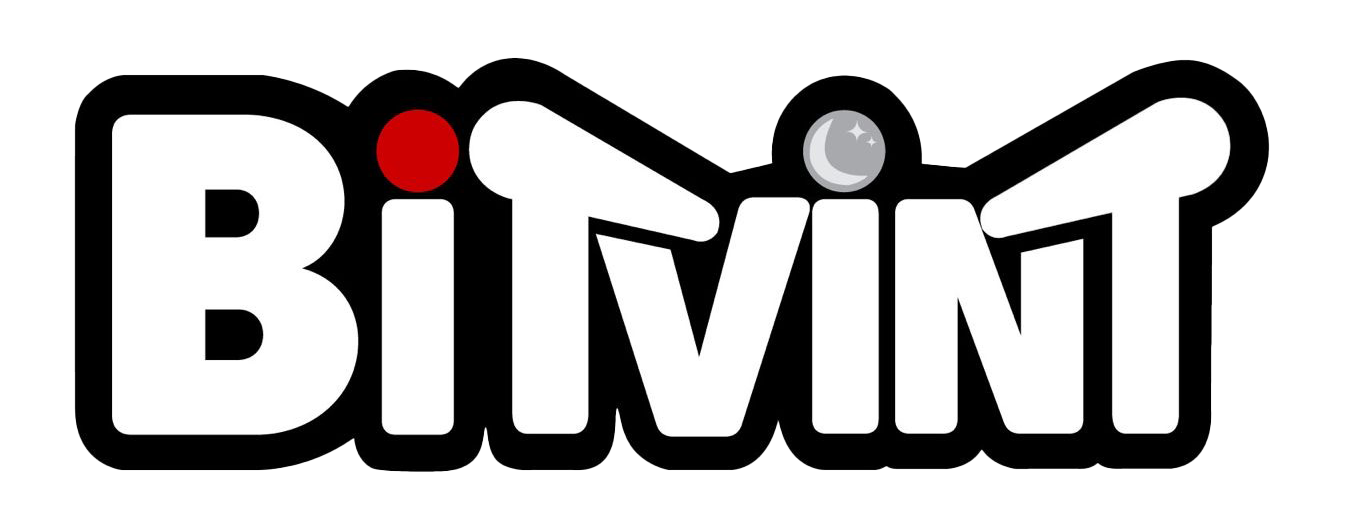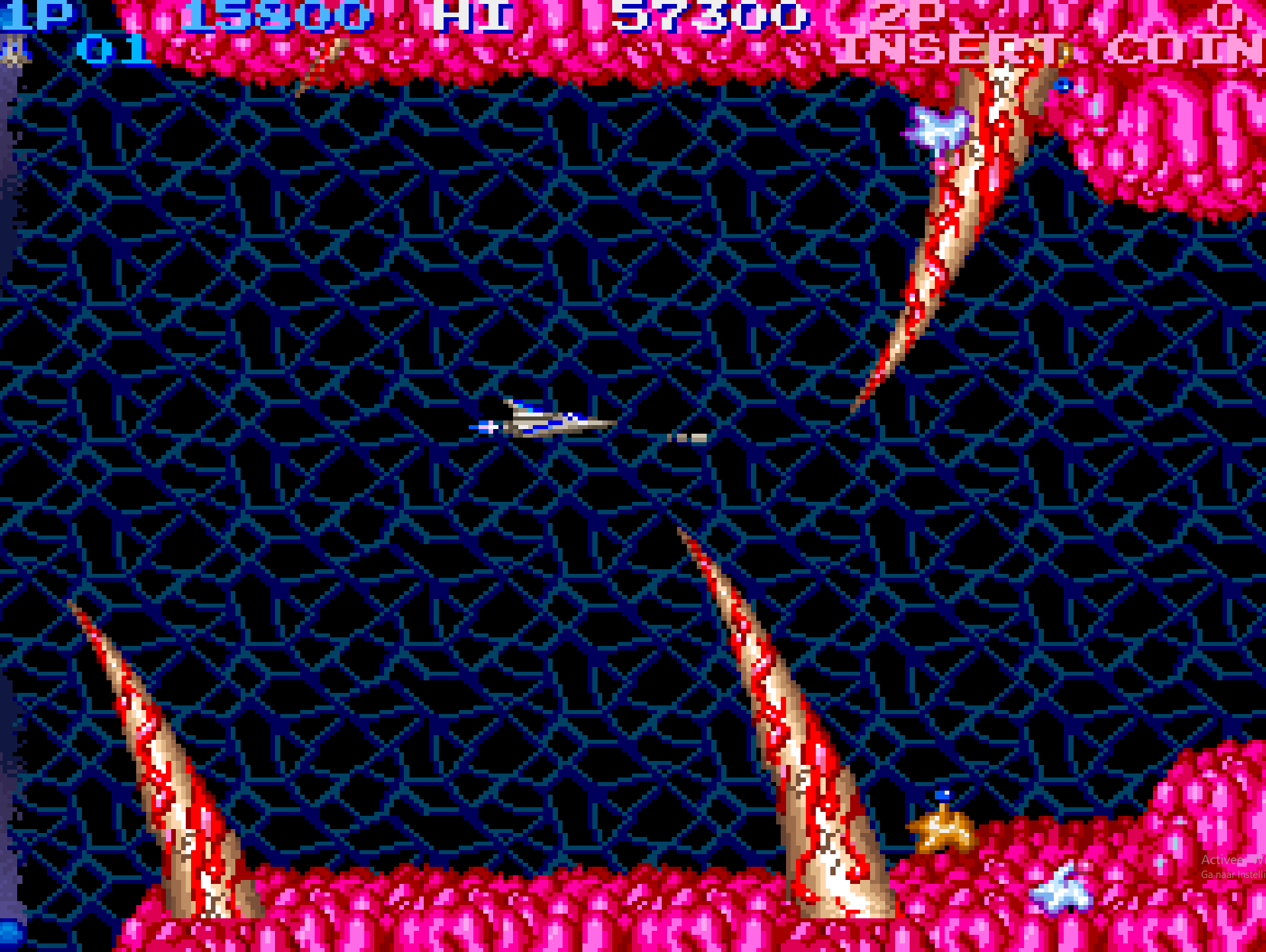Introduction
Released in 1986 by Konami, Salamander is a side-scrolling and vertically scrolling shoot-’em-up that served as a spin-off and spiritual sibling to Gradius. Known for its cooperative gameplay, distinctive organic environments, and immediate power-up system, Salamander brought fresh ideas to the arcade shooter genre and remains a key entry in Konami’s iconic shooter lineage.

Development and History
- Developer: Konami
- Publisher: Konami
- Release Date: July 4, 1986 (Japan); later worldwide
- Platform: Konami GX400 hardware
Salamander was developed following the success of Gradius (1985), as Konami sought to build on its momentum in the arcade shooter space. Unlike Gradius, which used a power meter system, Salamander introduced instant power-ups — a mechanic inspired by games like Xevious and designed to make gameplay more accessible.
The game also supported two-player simultaneous co-op, a major innovation at the time, with players piloting the Vic Viper (P1) and Lord British (P2). Stages alternated between horizontal and vertical scrolling, which added gameplay variety and set the title apart from its contemporaries.

Gameplay Video
Gameplay and Mechanics
Salamander challenged players with wave after wave of alien enemies, grotesque environments, and massive bosses.
Key features:
- Alternating horizontal and vertical scrolling stages
- Two-player co-op with Vic Viper and Lord British ships
- Instant power-ups for speed, missiles, ripple lasers, shields, and options
- Organic and mechanical level design with alien aesthetics
- Six stages with unique scrolling and boss patterns
- High difficulty curve with memorization-heavy enemy patterns

Cultural Impact and Legacy
Salamander was a commercial and critical success in Japan and Europe, and it expanded the universe of Konami’s shooter franchise.
- Spawned several ports (MSX, Famicom, PC Engine) and a Japan-only anime adaptation
- Led to direct sequels: Salamander 2 (1996) and Life Force (North American variant)
- Life Force (1987) was an updated version with a new power-up system and more unified art direction for Western markets
- Frequently included in Konami shooter collections and MAME libraries
- Remembered for its atmospheric soundtrack and cooperative play

Fun Facts
- The title “Salamander” references the fire-themed enemies and levels, despite being set in space
- “Life Force” was the North American title; it also featured rewrites to emphasize biological themes
- Composer Miki Higashino, who also worked on Gradius and Suikoden, contributed to the soundtrack
- The power-up capsules were designed to look like single-celled organisms in organic stages
- It was one of the first shooters to alternate scrolling direction mid-game

Conclusion
Salamander expanded the Gradius formula with faster pacing, co-op play, and an unforgettable visual style. Its innovations helped define what would become a golden age for Konami shooters, and it still holds up as a fierce, beautiful, and strategic entry in arcade history.

